If the list of museums you find most interesting includes the Louvre, the Prado and the Hermitage, make sure you add the Kunsthistorisches Museum in Vienna. Its art collection is priceless, and you don't need to be an art historian to appreciate the uniqueness of the exhibits. It's a good idea to take your child to this museum, where he or she can see masterpieces of true art and works by artists whose names are on everyone's lips. However, as the exhibition is quite extensive, it's best to bring schoolchildren along.
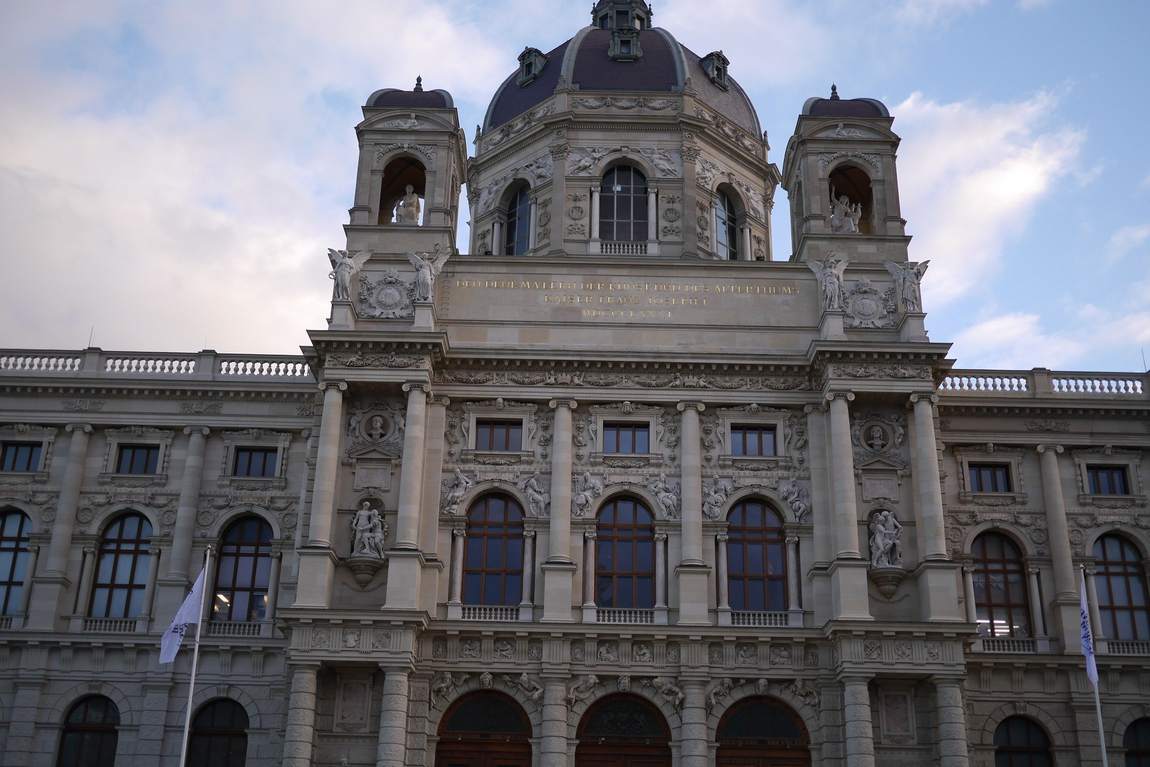
The history of Kunsthistorisches Museum Wien
You'll start to admire it even before you enter the museum. The museum building itself, built at the end of the 19th century, resembles a palace. It is one of the architectural elements of the Maria Theresien Platz ensemble, which also includes the Natural History Museum, a remarkable park and a monument to the Empress. Work on the museum and its twin, the Natural History Museum, began in 1871 and both were officially opened to the public twenty years later, in 1891. The building process was overseen by Gottfried Semper, an architect known for his museum projects. Semper modified Hasenauer's original design for the facades and decorated them with an elaborate art-historical programme of sculptures and reliefs.
The museum operated successfully in its original form, welcoming visitors until the Second World War. Unfortunately, the building was badly damaged during the war, but almost all the valuables were saved as they had been removed and hidden beforehand. The museum reopened to the public in 1959.
The internal structure of the building combines two architectural traditions: the vestibule, the staircase and the domed hall form a block that glorifies the imperial patron and his predecessors. Another elegant feature is the circular opening in the ceiling of the vestibule, through which visitors first enter the domed hall.
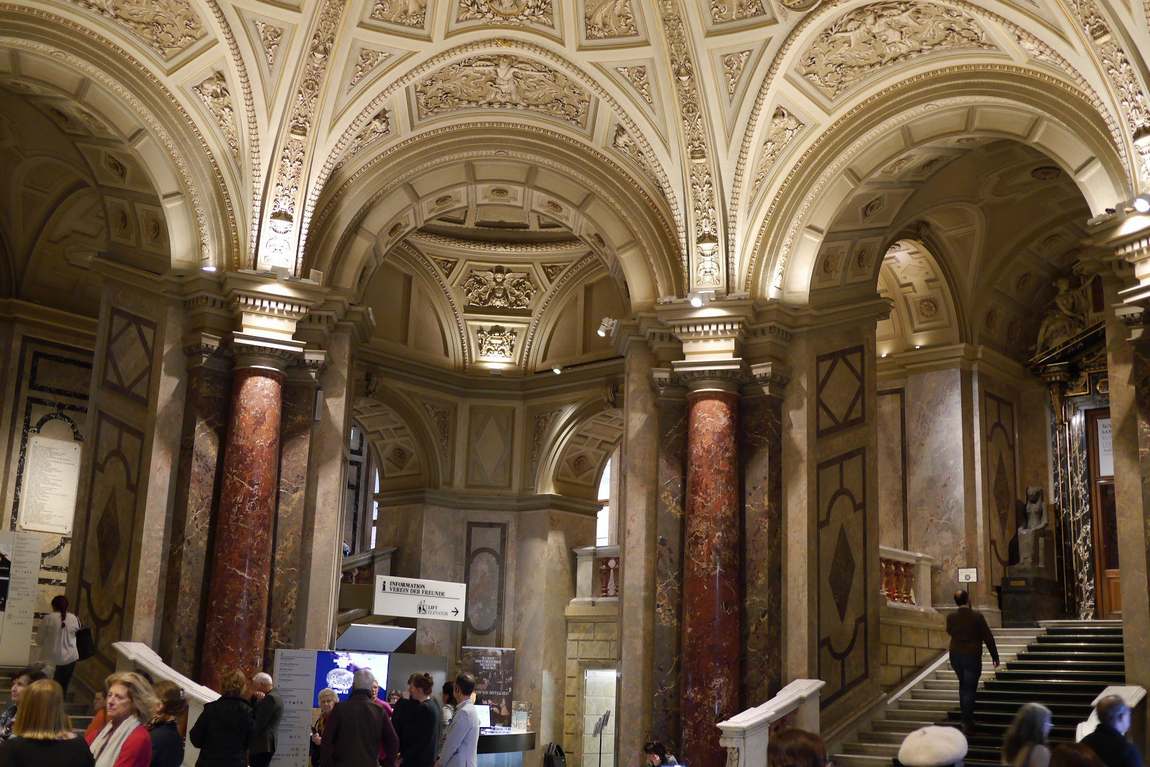
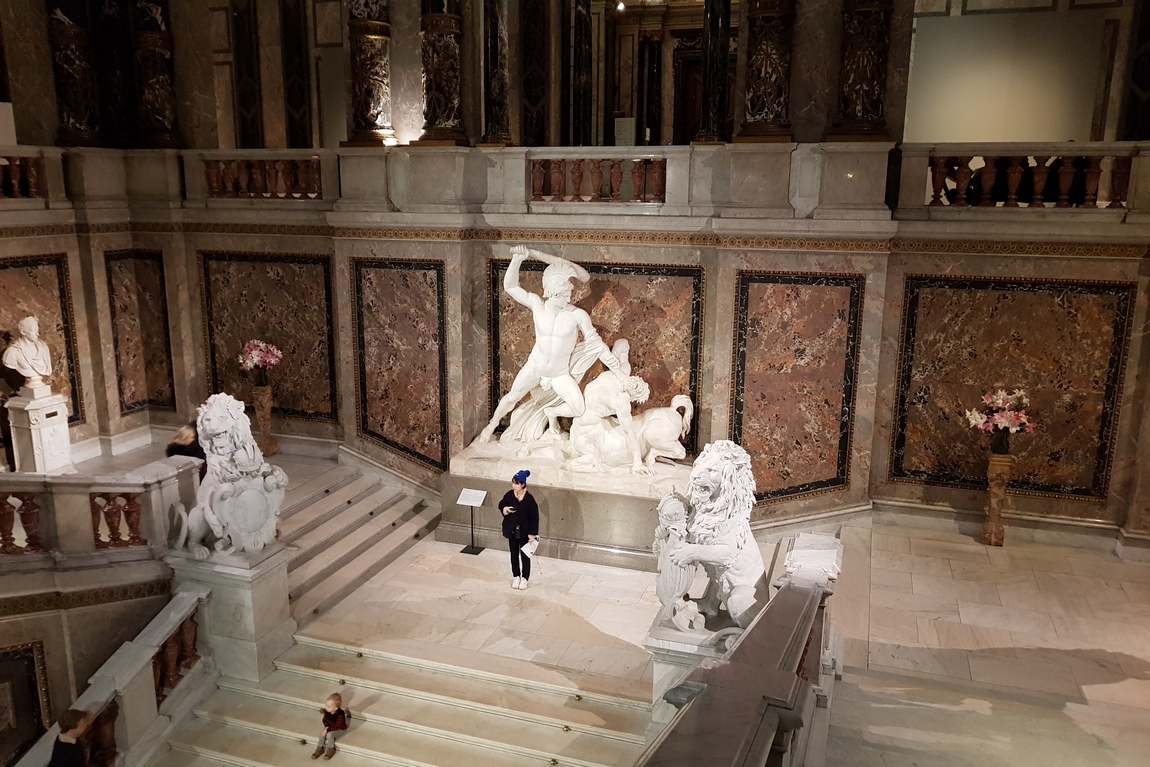
Climbing the stairs, visitors pass Antonio Canova's painting of Theseus killing the Centaur on their way to the domed hall, the crowning glory of the imperial exhibition. Along this central axis, a multitude of neo-baroque decorations create one of the most solemn and magnificent interiors of late 19th-century Vienna, probably unequalled in any other European museum.
In front of the building is a park in which stone monuments and sculptures are interspersed with living ones - the figuratively trimmed trees and shrubs are undoubtedly examples of landscape art.
What to see
The interiors of the Kunsthistorisches Museum are also strikingly luxurious and sometimes unusual in their design. The rooms devoted to ancient Greek and Roman art, for example, are reminiscent of ancient temples. Archaic architectural features can be seen in the design of the columns, patterned friezes and floor mosaics.
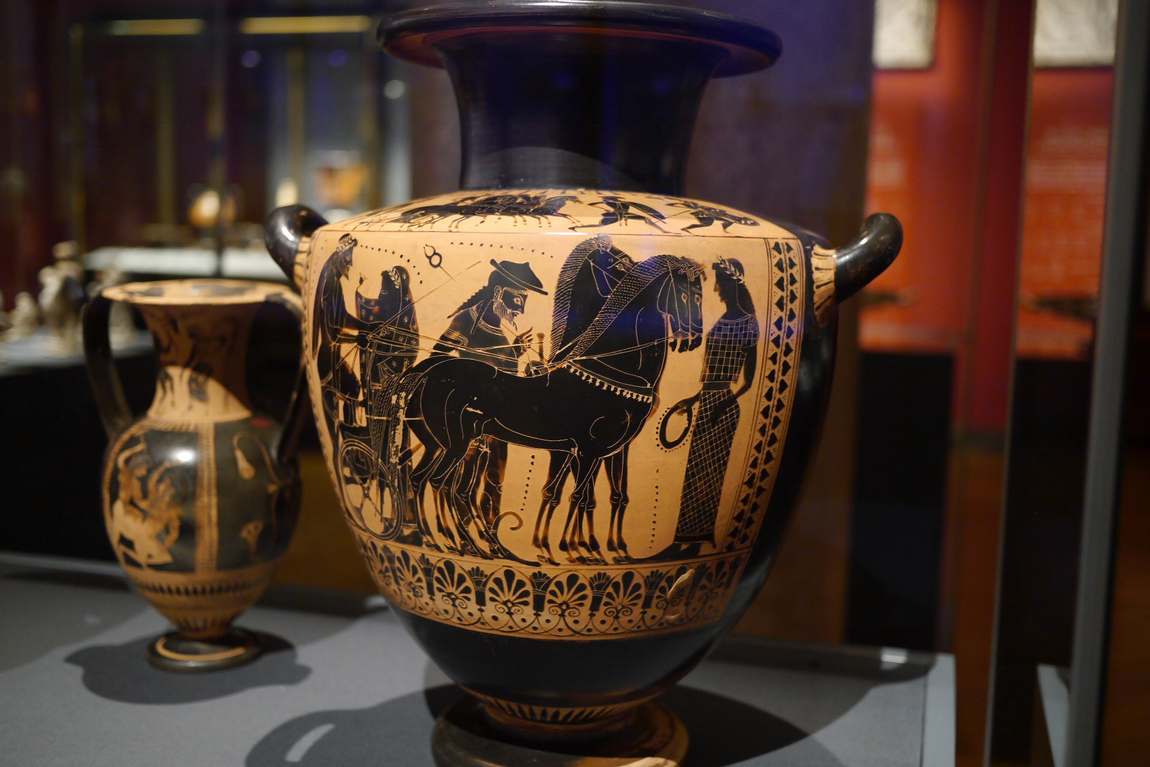

The walls of the Egyptian and Near Eastern art halls are decorated with distinctive drawings and contain some 17,000 exhibits dating from 3500 BC. The findings of archaeologists help us to learn more about the Egyptian funeral cult, cultural history and written language.
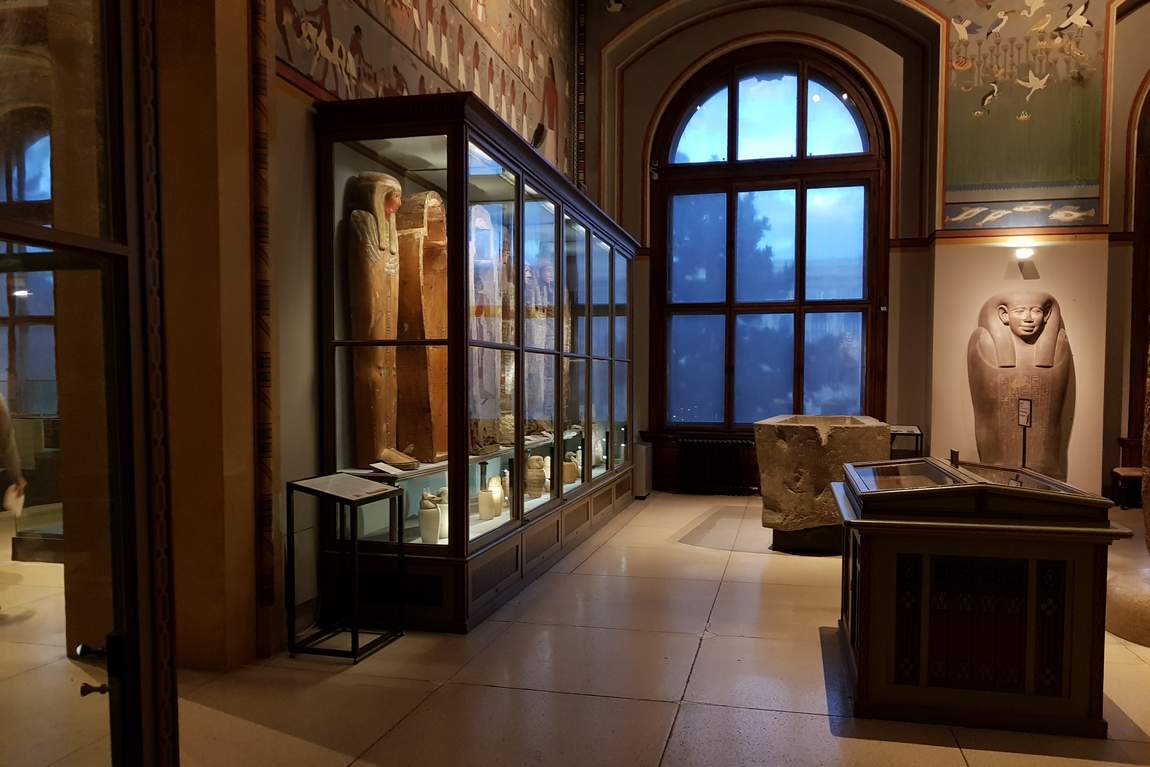
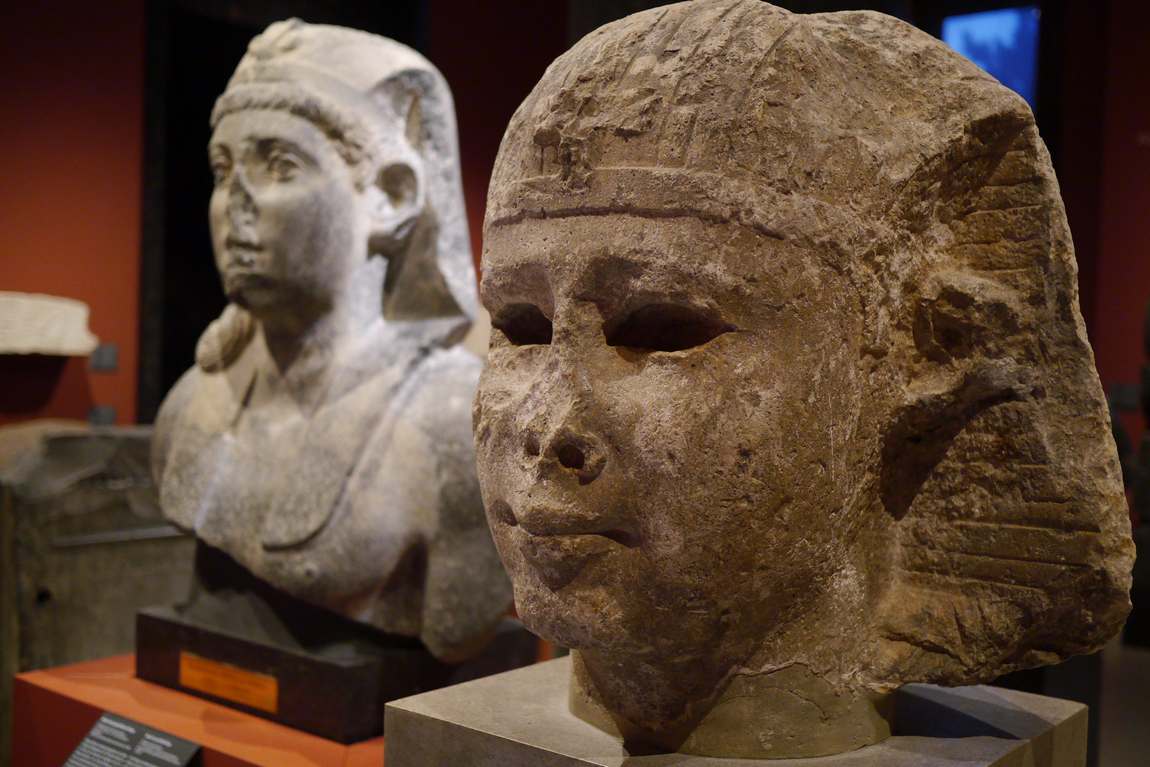
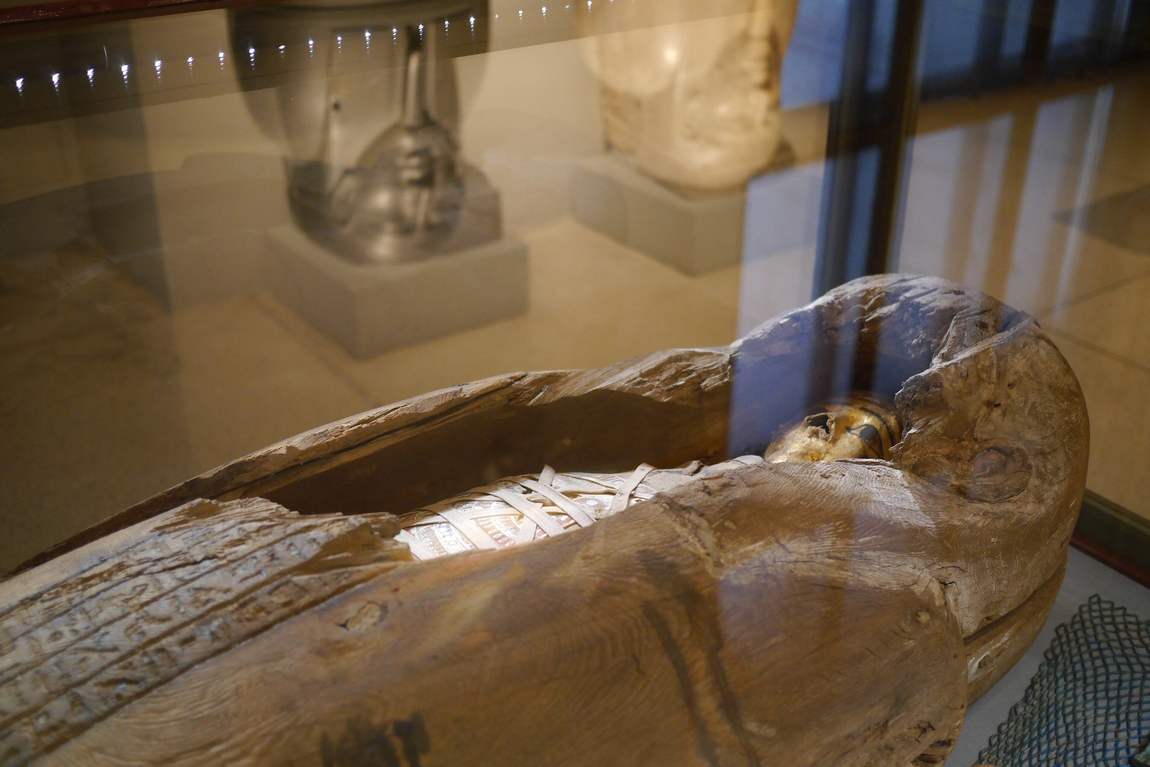
The cabinet of arts, on the other hand, which together with the two collections mentioned above occupies the ground floor, is very austere. Nothing distracts the eye from the 2,000 intricate objects made of gold, silver, bronze, precious stones, crystal and ivory. Children will be delighted by the intricate mechanical toys and music boxes.
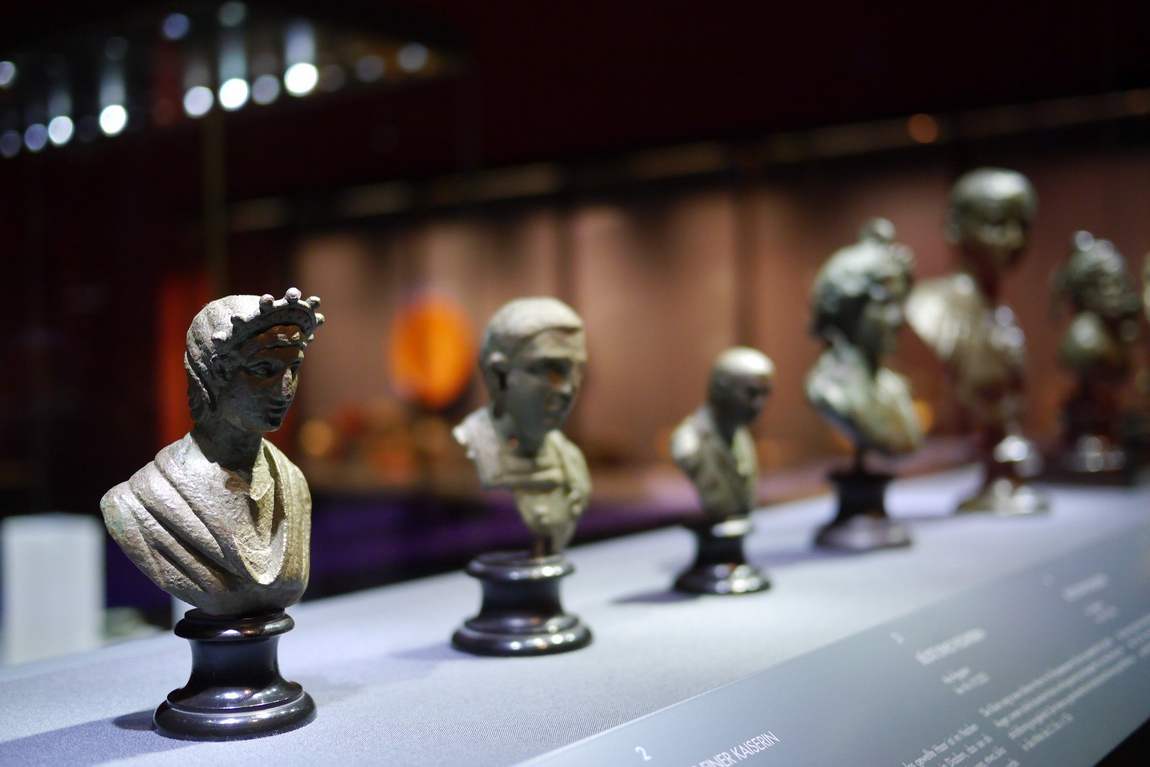
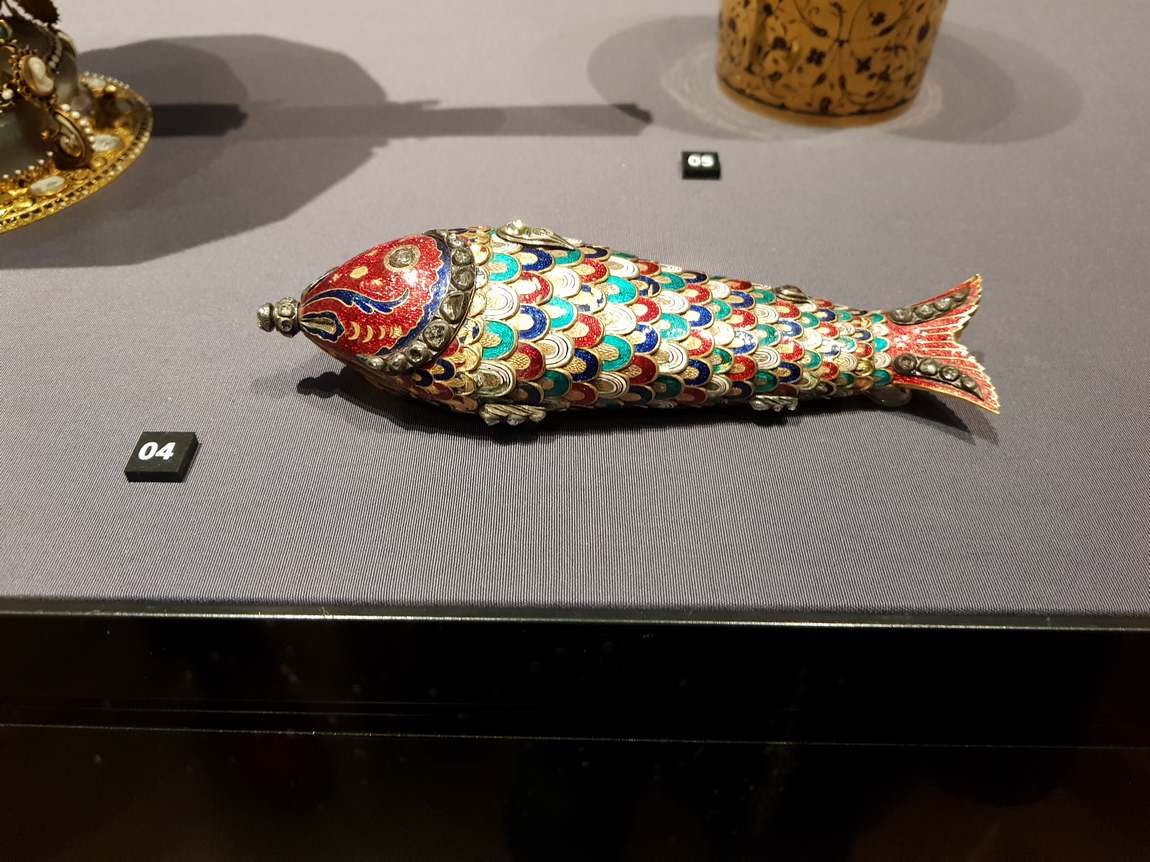
The art gallery, which occupies the first floor, is equally discreet. The main attraction of the gallery are the paintings. The Kunsthistorisches Museum has works by Titian, Caravaggio, Raphael, Velázquez, Dürer, Vermeer, Van Eyck, Rubens and other famous painters. The museum also has the largest collection of Bruegel paintings in the world. When your child gets tired of wandering from room to room, take a seat on the comfortable sofa and continue admiring the masterpieces.
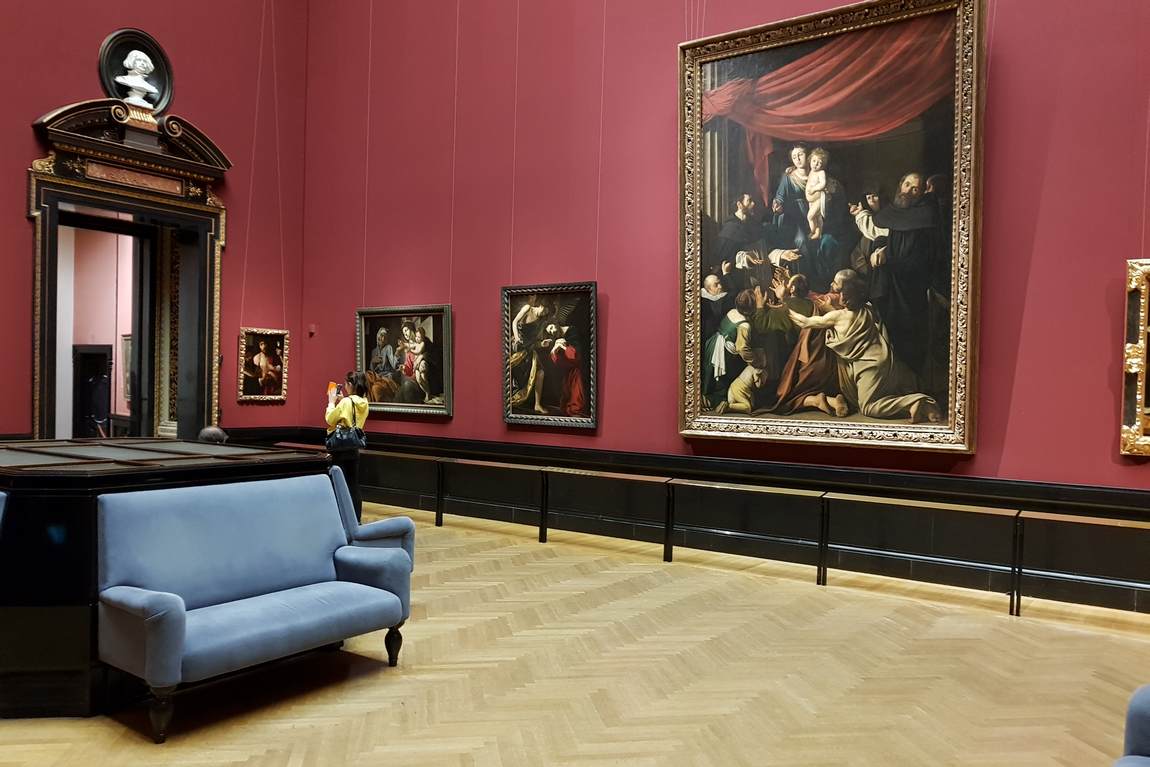
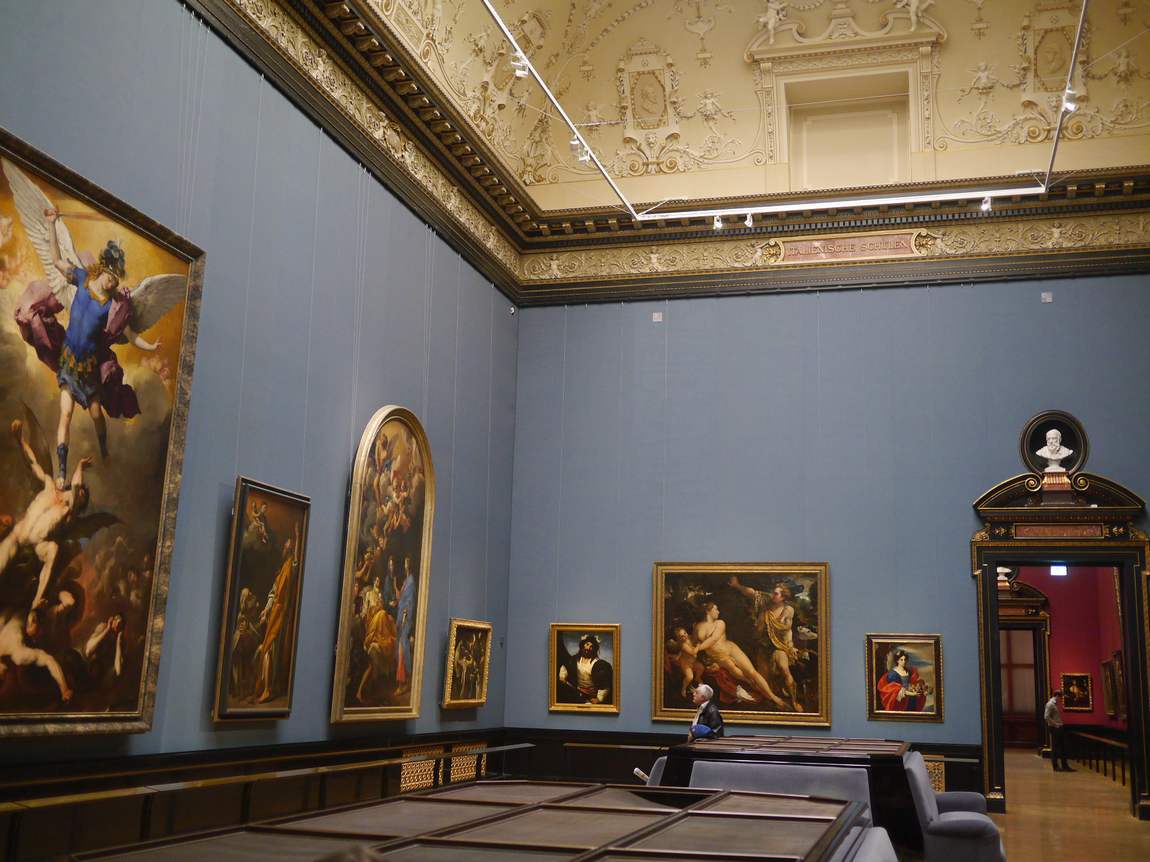
The numismatic exhibition occupies the top floor of the museum. With 700,000 pieces, it is one of the five largest numismatic collections in the world.
What’s interesting for kids
Children are welcome at the Kunsthistorisches Museum in Vienna. There are special guided tours on Saturdays (in English or German). A special children's audioguide is also available at the time of ticket purchase, with clear and interesting texts describing the exhibits on display in a simple and clear way.
Don't miss the Egyptian and Far Eastern collections or the Art Collection.
In the gift shop, help them choose a postcard or poster of their favourite painting to take home as a memento of the tour.











